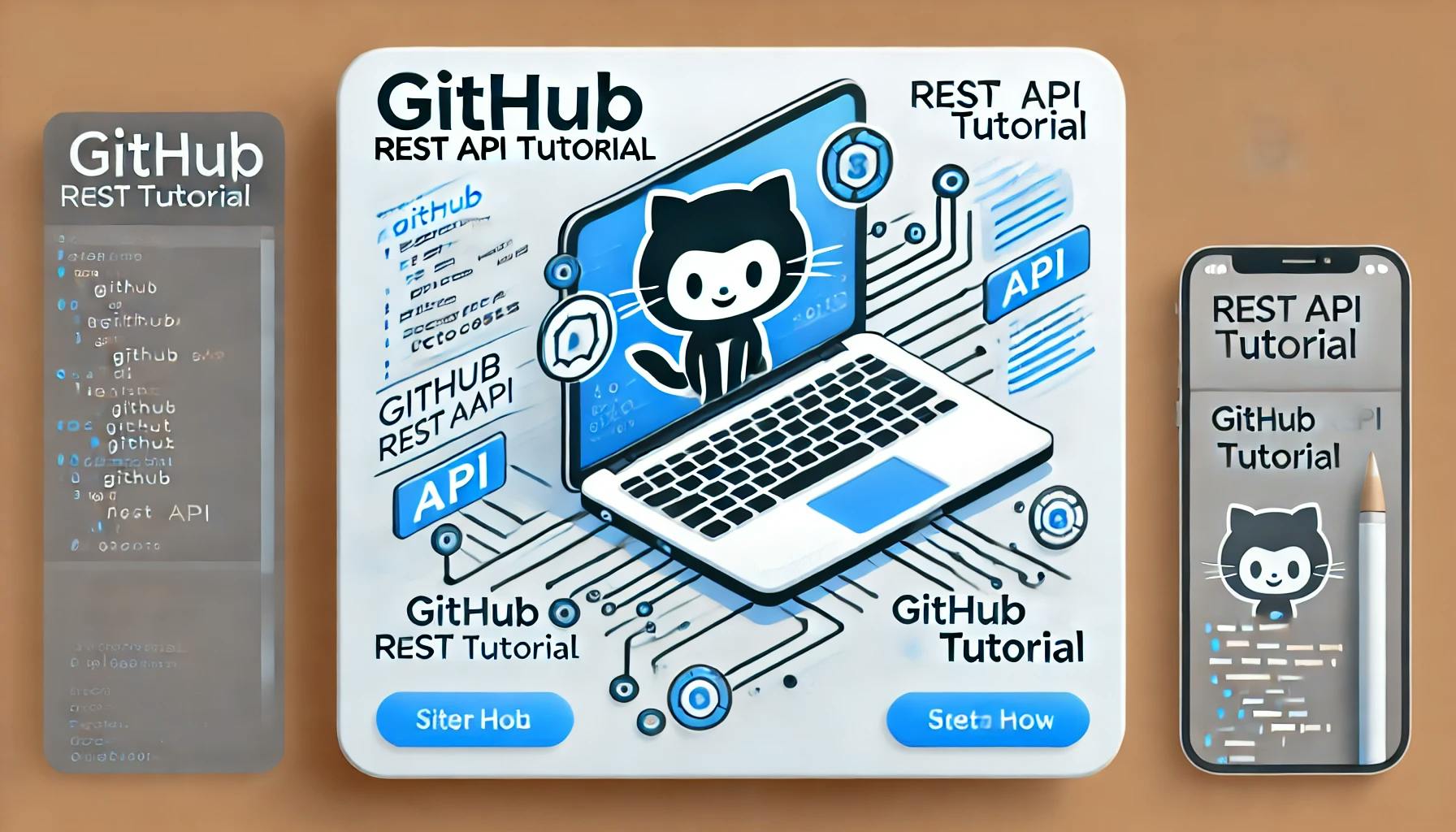SvelteKit Forms Simplified: Mastering Minimal Setup for Robust Actions


In web development, forms are essential for user interactions, from sign-ups to feedback submissions. As developers aim for more efficient web applications, the need for streamlined form handling is crucial. SvelteKit, a modern framework, offers a simplified yet powerful approach to form management through unnamed and named actions.
This guide explores SvelteKit's form handling, providing insights for both beginners and seasoned developers to enhance server interactions and user experiences.
Svelte-Kit offers two types of form handling mechanisms:
namedandunnamed/ defaultactions.
Unnamed actions are a default handling method where the form does not specify a particular action, submitting data to the same endpoint instead.
Named actions, on the other hand, allow you to direct the form submission to specific endpoints by adding a query parameter with a name. This method provides more control and is ideal for handling different forms or submission types on the same page, making it a versatile choice for more complex scenarios.
Let's take a look at unnamed actions in detail
form tag name property form must have method="POST" submit button. type=submit not required <main class="pb-20">
<div
class="navbar border-b-2 border-gray-500 border-opacity-25 bg-base-100"
>
<h1 class="text-xl font-bold uppercase">Provide your name and email</h1>
</div>
<form method="post">
<div class="flex flex-col gap-4 p-4">
<!-- name input field -->
<input
name="name"
type="date"
placeholder="Date"
class="input input-bordered input-primary w-full outline-none focus:border-none"
/>
<!-- email input field -->
<input
name="email"
type="number"
placeholder="Total Active Seconds"
class="input input-bordered input-primary w-full outline-none focus:border-none"
/>
<div class="flex w-full flex-row gap-5">
<button class="btn btn-primary flex-grow">Submit</button>
</div>
</div>
</form>
</main>I have used Tailwind CSS and DaisyUI, which are utility-first CSS framework and component library respectively, to style the following code.
export const actions = {
default: async ({ request }) => {
const data = await request.formData();
const email = data.get("email");
const name = data.get("name");
return { success: true };
},
};+page.svelte file we need to declare export let form in the +page.svelte file to access the form submission results export const actions = {
default: async ({ request }) => {
const formData = Object.fromEntries(await request.formData());
console.log(formData);
return {
success: true,
formData: formData,
};
},
};<script>
export let form;
console.log(form);
</script>input field must be wrapped with a form tag input field must have name property method=”POST” & action property action="?/register" ?/ characteraction = "?/register";
Improve caching and performance in SvelteKit by importing images from src/lib instead of static. Learn why and how this approach works.

Learn how to use the GitHub REST API to read and display files like sitemap.xml in your SvelteKit application. A step-by-step guide for developers.